Home / Albums / Natural History / Anatomy 50

 Plan of the foetal circulation
Plan of the foetal circulation A cross section of the skin
A cross section of the skin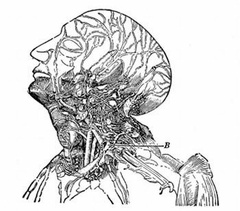 Lymphatics of the head and neck. B, the thoracic duct
Lymphatics of the head and neck. B, the thoracic duct Lymphatics of the leg.
Lymphatics of the leg. Skeleton
Skeleton The Spine
The Spine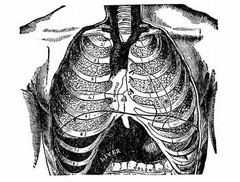 Front view of the thorax
Front view of the thorax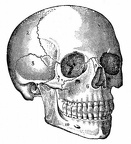 The Skull
The Skull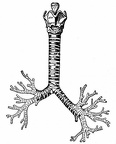 The cartilages of the larynx; the trachea and bronchi
The cartilages of the larynx; the trachea and bronchi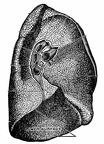 The root of the left lung
The root of the left lung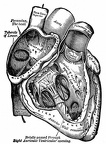 The right auricle and ventricle laid open
The right auricle and ventricle laid open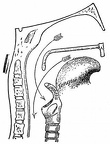 Passage into trachea and esophagus; Pharynx
Passage into trachea and esophagus; Pharynx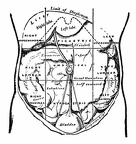 The regions of the abdomen and their contents
The regions of the abdomen and their contents Superficial veins of the head and neck
Superficial veins of the head and neck The arch of the aorta and its branches
The arch of the aorta and its branches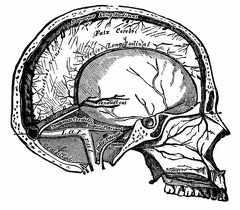 Vertical section of the skull, showing the sinuses of the dura mater
Vertical section of the skull, showing the sinuses of the dura mater Illustrating Galen’s physiological teaching
Illustrating Galen’s physiological teaching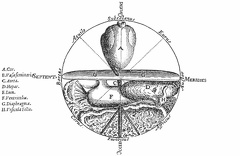 The Microcosm
The Microcosm An anatomical diagram of about 1298
An anatomical diagram of about 1298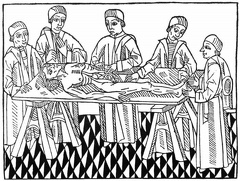 The first printed picture of dissection
The first printed picture of dissection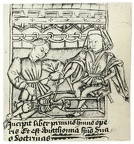 The figure shows a professor and pupil. The former is demonstrating the bones of a skeleton.
The figure shows a professor and pupil. The former is demonstrating the bones of a skeleton. Title-page of Mellerstadt’s edition of the Anatomy of Mondino, Leipzig, 1493. The scene is laid in the open air
Title-page of Mellerstadt’s edition of the Anatomy of Mondino, Leipzig, 1493. The scene is laid in the open air A dissection scene
A dissection scene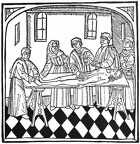 The first picture of dissection in an English-printed book
The first picture of dissection in an English-printed book a lecture on anatomy
a lecture on anatomy Roger Bacons diagram of the Eye
Roger Bacons diagram of the Eye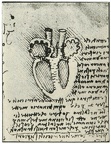 Leonardo Da Vincis diagram of the heart
Leonardo Da Vincis diagram of the heart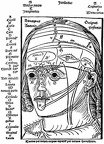 The figure shows the ten layers of the head
The figure shows the ten layers of the head The layers of the head
The layers of the head Venice, 1496, showing the ventricles of the brain
Venice, 1496, showing the ventricles of the brain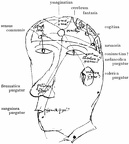 Diagram of the senses, the humours, the cerebral ventricles, and the intellectual facultie
Diagram of the senses, the humours, the cerebral ventricles, and the intellectual facultie Illustrating the general ideas on anatomy current at the Renaissance
Illustrating the general ideas on anatomy current at the Renaissance Diagram of the ventricles and the senses
Diagram of the ventricles and the senses The Anatomy of the Eye
The Anatomy of the Eye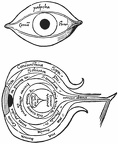 The Anatomy of the Eye
The Anatomy of the Eye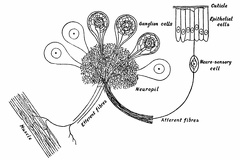 A Ganglion of a Leech
A Ganglion of a Leech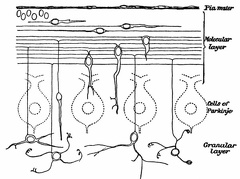 The Growth and Migration of Granules of the Cerebellum
The Growth and Migration of Granules of the Cerebellum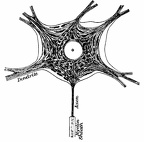 The Body of a Motor Neurone
The Body of a Motor Neurone The Surface of the Left Cerebral Hemisphere, Cerebellum,and Medulla Oblongata.
The Surface of the Left Cerebral Hemisphere, Cerebellum,and Medulla Oblongata.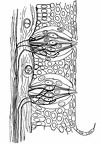 Highly Magnified Section through the Wall of a Circumvallate Papilla of the Tongue, showing Two Taste-Bulbs.
Highly Magnified Section through the Wall of a Circumvallate Papilla of the Tongue, showing Two Taste-Bulbs.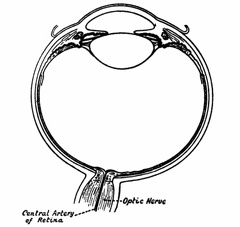 Horizontal Section through the Right Eye
Horizontal Section through the Right Eye The Retina in Vertical Section
The Retina in Vertical Section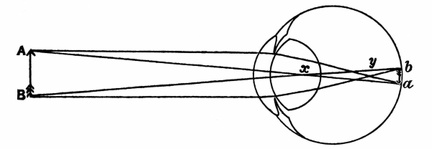 The Formation of an Image by the Refracting Media of the Eye
The Formation of an Image by the Refracting Media of the Eye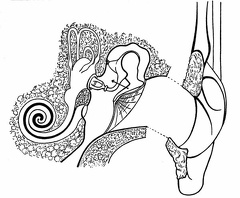 The External, Middle, and Internal Ear of the Left Side
The External, Middle, and Internal Ear of the Left Side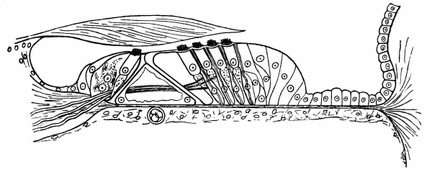 Organ of Corti
Organ of Corti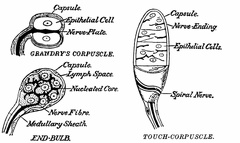 Sense-Organs susceptible to Pressure
Sense-Organs susceptible to Pressure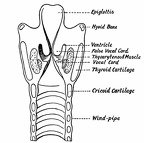 The Anterior Half of the Larynx seen from Behind
The Anterior Half of the Larynx seen from Behind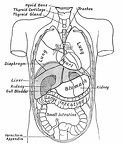 Diagram showing the Relative Positions of the Organs of the Chest and Abdomen.
Diagram showing the Relative Positions of the Organs of the Chest and Abdomen.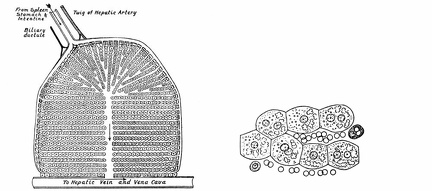 Diagram of a Lobule of the Liver
Diagram of a Lobule of the Liver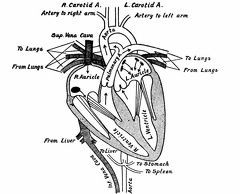 The Heart cut in the Plane of its Long Axis, and the Vessels which open into and out of it
The Heart cut in the Plane of its Long Axis, and the Vessels which open into and out of it



